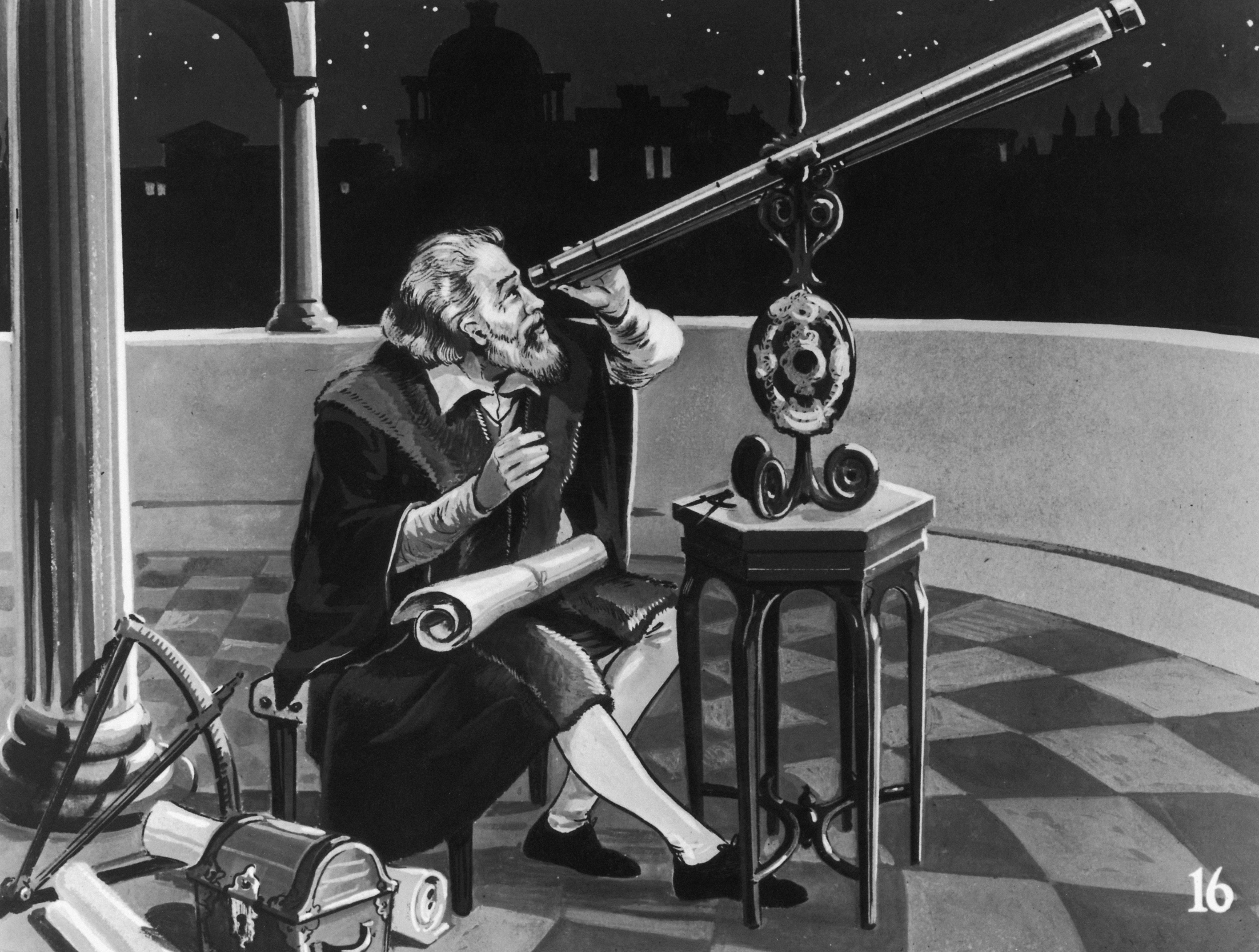Photons cannot accelerate
Acceleration and Velocity are vectors. Changes in a velocity vector are an acceleration. Therefore when photons change direction technically it’s a form of acceleration.
I thought photons are always moving in straight lines from their perspective, and it’s space that’s bent. Unless it’s through a medium, then they just get absorbed and re-emitted, sort of.
Space bending is a general relativity thing, which isn’t really related much to how mirrors work.
Regarding the medium bit, photons being absorbed and remitted can’t explain how light moves slower in glass. This is just an extremely popular myth. Photons are only absorbed by atoms at very specific frequencies. Also, the entire reason glass is transparent to begin with is that it’s not absorbing the photons (requires too much energy to bump the electron’s energy level so the photon isn’t absorbed and it keeps on trucking). Also photon absorption and remission is stochastic so there’s no way to control the direction it happens in or how quickly it happens. Random directions of remitted light would make glass translucent, not transparent. So for a few reasons, that’s not how it works.
They do at 0m/s^2.
Not with that attitude.
What about diffraction?
Since photons are indistinguishable, it’s hard to say too much concretely, but it some sense a diffracted photon is different photon. In order for a photon to interact with say, a diffraction grating, the interaction is done with “virtual photons”.
So for a photon to change course, aka accelerate, it does it by absorbing a virtual photon and emitting another. Whether that is the “same photon” after the interaction is kinda more philosophy than physics, at least to me.
Feynman diagrams are surprisingly accessible for how much information they contain. It’s one way to think about photon (and other particle) reactions.
Does a photon actually accelerate? Sure seems like it always goes at light speed through whatever medium from its creation.
well, if it get reflected and change direction it going to be at light speed, so it can be interpreted (probably incorrectly lol) that it “accelerated instantly to the other direction after the reflection”?
This is an interesting question. Instant acceleration is mathematically implausible, but I don’t know if there’s a better physical interpretation for what happens to a bouncing photon. I’m guessing this is one of those “less particle, more wave” situations where the instantaneous velocity of the photon is undefined.
According to some random internet sources, reflection is the not-quite-instantaneous process of the photon being absorbed and then emitted by the electrons in the mirror.
As a rule, it’s probably best to avoid “random” internet sources on matters of how light works because there’s so much confidently parroted misinformation out there. For example, this is completely wrong: https://youtu.be/FAivtXJOsiI See here for correct answers to that issue: https://youtu.be/CiHN0ZWE5bk
For how mirrors work see this: https://www.scientificamerican.com/article/what-is-the-physical-proc/ https://youtu.be/rYLzxcU6ROM
There’s a hard rule about quantum physics. It goes: “it’s all fun and games until you’re at the Quantum level, then everything is all fucked up”
According to what we know, electrons don’t “move between” energy states on an electron, they’re just in one one moment and another the next. That’s so disconnected from reality we perceive it still breaks my brain.
wait, so it’s like a floating-point precision error but with quantum mechanics?
This is acceleration with no mass and no resistance to medium.
Photons are born and die at c. They experience no time and have no frame of reference.
The loneliest of experience.
The speed of light is different depending on the medium though isn’t it? So to change speed I would have thought some acceleration would have to be involved.
I have no idea what I’m talking about though.
It’s not. The wave front moves slower. Because when light moves through matter it’s getting absorbed and reradiated.
That’s neato, thanks for the science fact
deleted by creator
The fact that light cannot change speed is one of the core axioms of relativity
deleted by creator
That’s light as an aggregate wave. Photons, actual light, always travel at c. What’s happening in a medium is the rapid absorption and readmission of photons. The probability of admission is based on structure of material causing things like lens or mirrors to work.
You can think of it as the photons having to jump between platforms before the can continue running at c.
What’s happening in a medium is the rapid absorption and readmission of photons. […]
You can think of it as the photons having to jump between platforms before the can continue running at c.
That’s an intuitive model, but unfortunately it doesn’t have the advantage of actually being correct. Photons are not being absorbed and reemitted. See here for why: https://lemmy.world/comment/5444224
That is wrong. Stochastic yes. Photons emission is probabilistic. Destructive interference causes emission to overwhelming follow classical wave theory. Here’s a better explanation with a neat graphic.
It sounds like you’re conflating different concepts. A stochastic process like absorption/reemission would blur the light, so that’s not it. And the linked explanation is basically correct (in classical physics at least), but it doesn’t corroborate what you originally claimed as that’s not necessarily requiring absorbing anything. Photons can jiggle the charged particles in glass and get them to make new phase shifted light despite not being absorbed.
deleted by creator
reject reflectors return to long tubes

Interference in matters structure causes classical wave like behavior.
deleted by creator
But doesn’t relativity explicitly state that c is the speed of light in a vacuum, and travelling through other mediums explicitly changes and is explained by relativity?
I am 100% a layman and do not know the answer.
Not really no. Special relativity explains the relationship between space and time. General relativity expands on this to account for gravitation.
One of the postulates (i.e. assumptions) of relativity is that the speed of light in vacuum is the same for all observers. But the theory doesn’t actually require any particular value for c, it only needs it to be constant. And it doesn’t explain the behavior of light in a medium at all.
In fact, relativity doesn’t explain the mechanism by which light interacts at all, that is the domain of Quantum Electro Dynamics.
Wow that is so interesting. So am I understanding that relativity explains space, time and gravity’s interactions with one another, while quantum science explains interactions with much smaller objects like matter?
deleted by creator
This is how I feel every time I touch any non-basal physics topic.
I swear this made sense once upon a time…
No, they don’t. They can get absorbed and re-emitted, and the space they are moving though can compress sideways. But they can’t make curves at all.
deleted by creator
That’s basically all that refraction is. A dead giveaway is that light doesn’t move at the speed of light in them.
Don’t think about individual photons. Think about billions of them with destructive and constructive interference. The probabilities of all the sitting l additive waves of light.
PHOTONS HAVE MASS
ANYONE WHO DOES NOT BELIEVE THEY HAVE MASS IS A COWARD
Who is the dude on the right?
A scientist at CERN.
Ah, I get the joke now. Classic
Without mass how could you do anything else?
Wave!
I see you there
Without mass you have to occupy parts of time and possibly gravity.
39 years old… Can confirm that time is perceptibly accelerating
Because you’re so light













